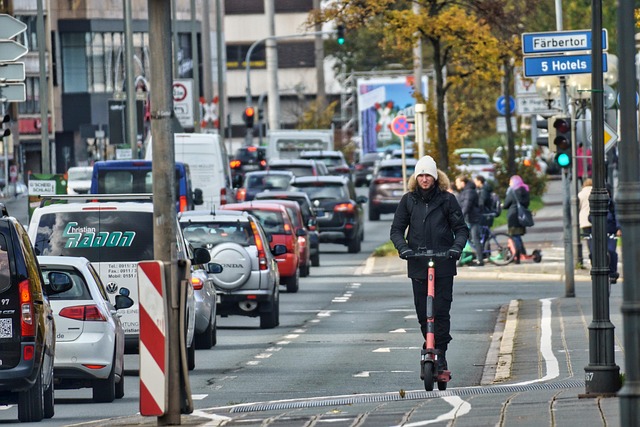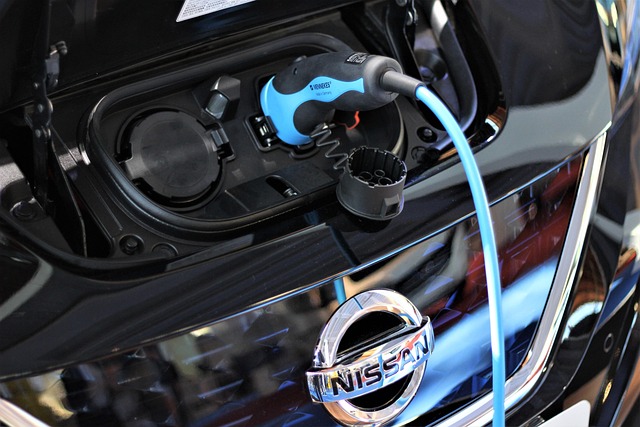In an age where sustainability and eco-friendliness are at the forefront of global consciousness, energy-efficient developments are leading the charge, particularly in the realm of transport. This is particularly significant in rural areas, where transportation infrastructure often lags behind urban centers. As we delve into the relationship between energy-efficient developments and transport sustainability, the positive implications for rural transport become abundantly clear.
Transport sustainability focuses on creating a system that meets current transportation needs without compromising the ability of future generations to meet their own demands. It emphasizes the reduction of environmental impacts, the promotion of renewable resources, and facilitating accessible transport options. For rural communities, where public transport options may be limited, implementing energy-efficient developments becomes vital for improving access to essential services, job opportunities, and social engagement.
One of the most exciting transformations is the move towards energy-efficient vehicles. Electric buses and cars not only reduce greenhouse gas emissions but also promise lower operational costs and decreased dependence on fossil fuels. In rural areas, these vehicles can serve as reliable transport solutions. Initiatives to establish charging stations in remote locations further enhance the feasibility of using electric vehicles, creating a ripple effect that boosts economic activity and connectivity within these communities.
Moreover, solar-powered public transport solutions are beginning to take root. Solar energy is a powerful resource that can empower rural transport systems. By installing solar panels on bus stops, community centers, and even on the vehicles themselves, rural areas can harness energy efficiency to power their transportation systems sustainably. The use of renewable energy to fuel public transport not only reduces carbon footprints but also enhances the resilience of rural infrastructure against rising energy costs.
Improving cycling and walking infrastructure is another key energy-efficient development that contributes to transport sustainability. Paved pathways, bike-sharing programs, and pedestrian-friendly zones can significantly enhance mobility for residents while reducing reliance on motor vehicles. In rural regions, where distances between key amenities can seem daunting, creating safe and efficient routes for cyclists and pedestrians can transform the way people think about travel. It promotes healthier lifestyles, reduces traffic congestion, and fosters a sense of community.
To further support these energy-efficient endeavors, governments and organizations can invest in educational programs about the importance of sustainable transport. Engaging the community in discussions about the benefits of energy-efficient developments not only raises awareness but also empowers residents to advocate for the changes they need. When rural populations understand the positive impact of these developments, they are more likely to support and participate in sustainability initiatives.
In essence, energy-efficient developments stand at the intersection of innovation, sustainability, and rural development. By embracing new technologies and approaches to transportation, we can create a future where rural areas thrive, not just survive. With enhanced transport sustainability, these communities can enjoy improved economic conditions and a better quality of life, making mobility for all a reality.



